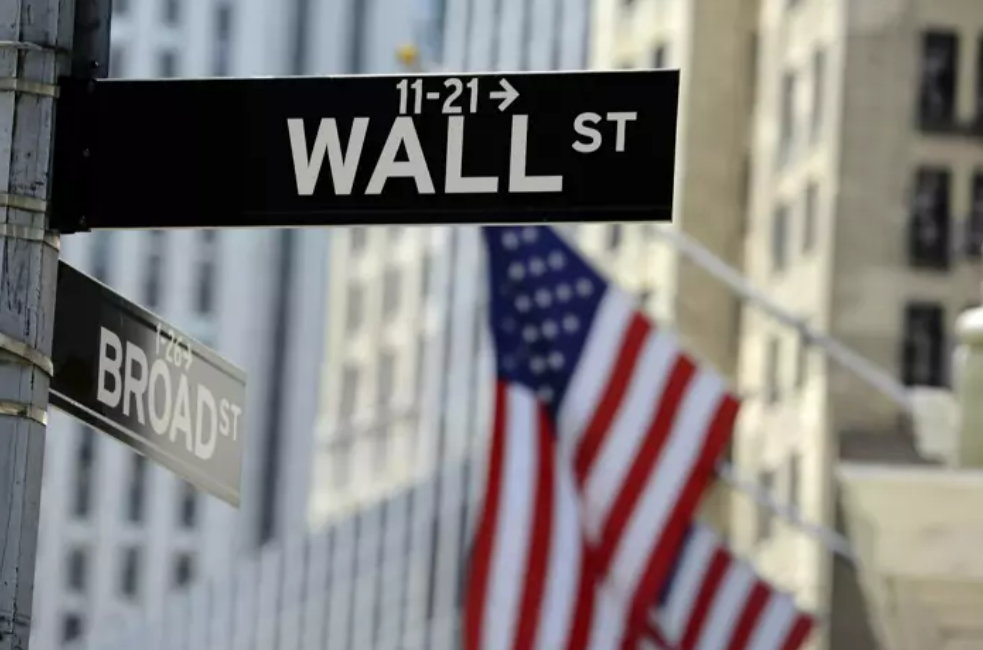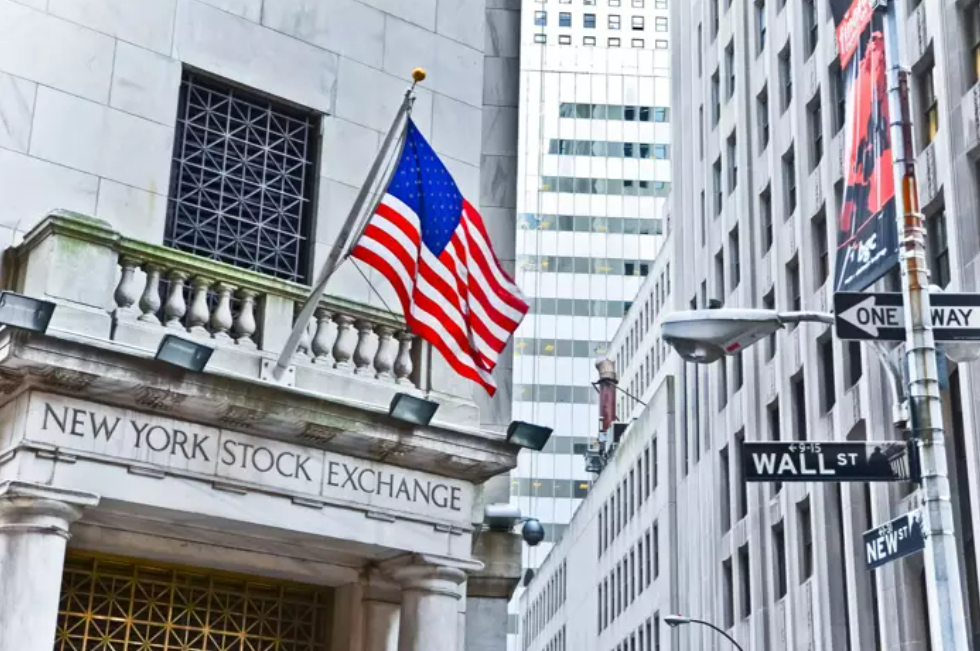
Alice Wang
Jul 18, 2022 15:20

After a US inflation data boosted expectations for a Federal Reserve rate rise this week, the US dollar increased and reached levels not seen since September 2002. In June, the consumer price index (CPI) increased by 9.1% as compared to the same month a year before, above the consensus estimate of 8.8%. Core inflation, which excludes the cost of gasoline and food, increased more than was predicted.
According to Fed Funds futures, this raised the likelihood of a 100 basis-point rate rise at the July 27 FOMC meeting to above 50%. These wagers decreased over the weekend but were still larger than they were before to the CPI report. Before the FOMC blackout period started on July 16, representatives from the Federal Reserve assisted in lowering such expectations.
According to the CFTC's most recent Commitments of Traders report, traders reduced their long bets on the US dollar for a second consecutive week. Despite the two-week fall, traders' net long positions in the USD have mainly not changed. The reference period for the data concluded on July 12, leaving markets in the dark about post-CPI positioning.

Jul 18, 2022 15:12

Jul 19, 2022 15:04